#{Title}
#{Copy}
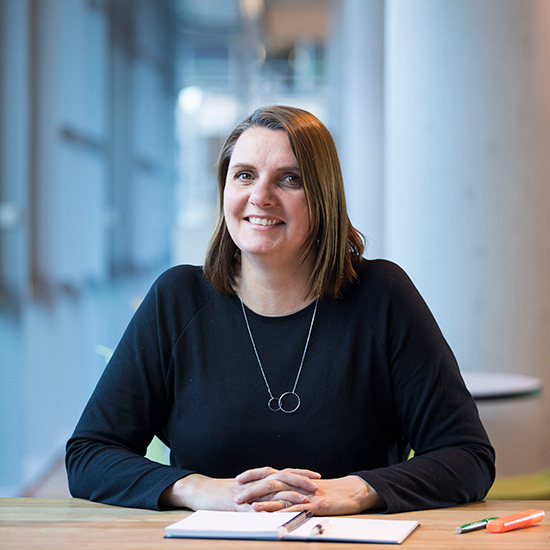 Children returning to school may be welcome news to parents but the format and structure of the school and timetable may look very different in the future post the COVID-19 pandemic. In the short term, architects could support schools in space planning classrooms and resolving movement routes to provide safe learning environments to comply with new social distancing guidance. Opportunities could also be explored to repurpose space, both within schools to provide more classrooms and within community facilities to provide additional school space. However the successful operation of these spaces will be driven by management protocols and reinventing the timetable for different types of school.
Children returning to school may be welcome news to parents but the format and structure of the school and timetable may look very different in the future post the COVID-19 pandemic. In the short term, architects could support schools in space planning classrooms and resolving movement routes to provide safe learning environments to comply with new social distancing guidance. Opportunities could also be explored to repurpose space, both within schools to provide more classrooms and within community facilities to provide additional school space. However the successful operation of these spaces will be driven by management protocols and reinventing the timetable for different types of school.
The fundamental issue will be space as complying with social distancing will mean on average a maximum of 10-12 pupils per classroom and therefore at least twice as much teaching space will be required to support a whole primary school community.
Whilst primary schools come in all shapes and sizes, few offer additional spaces alongside the dedicated year group classrooms and new schools, in particular, are designed to optimum efficiencies. Halls could provide additional space for single or double classes and practical spaces, such as IT rooms could flip into more traditional teaching space. Opportunities to roof over external courtyards within schools may also be a viable solution. However, this will still fall short of the actual space required to support all year groups.
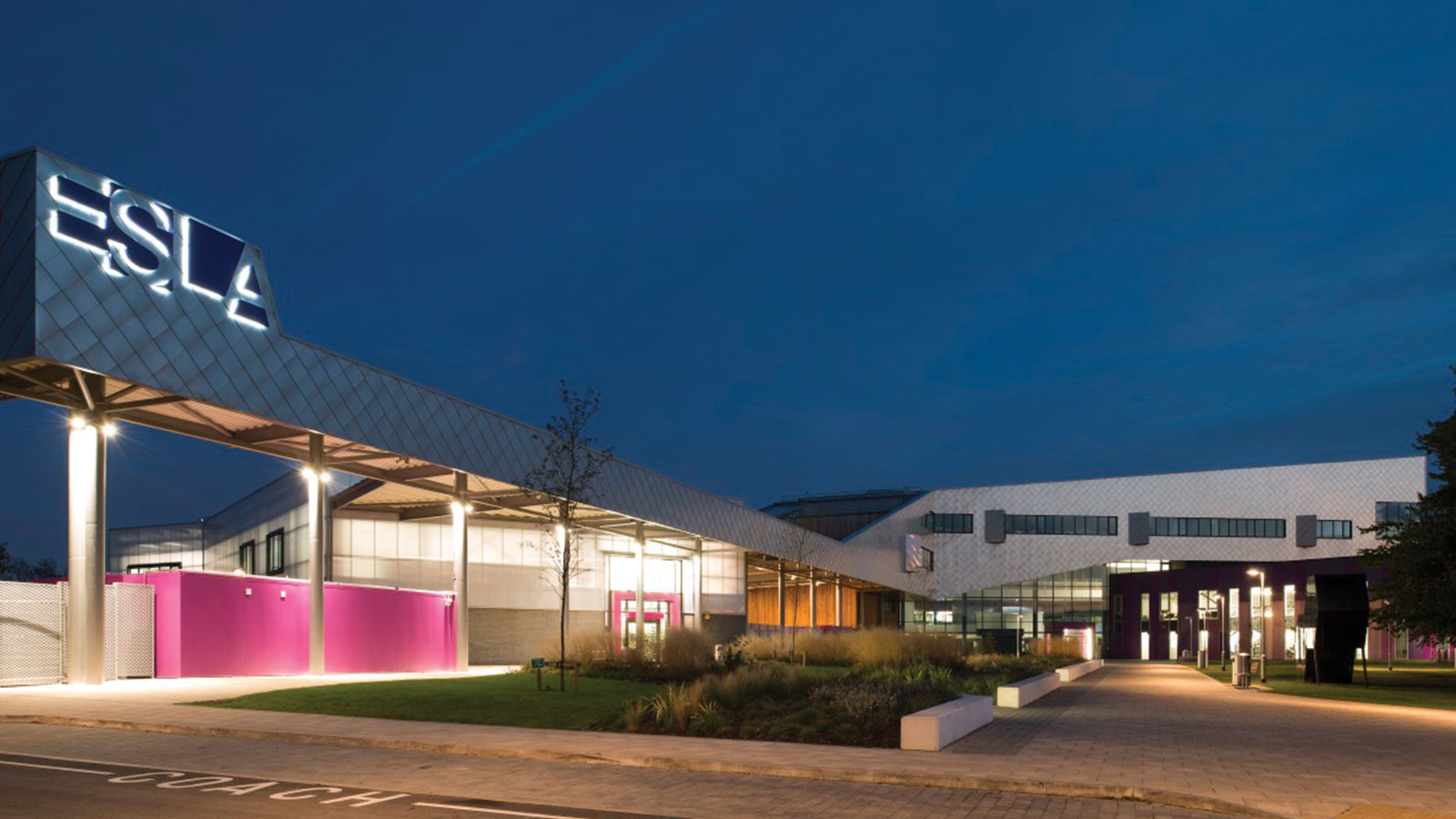
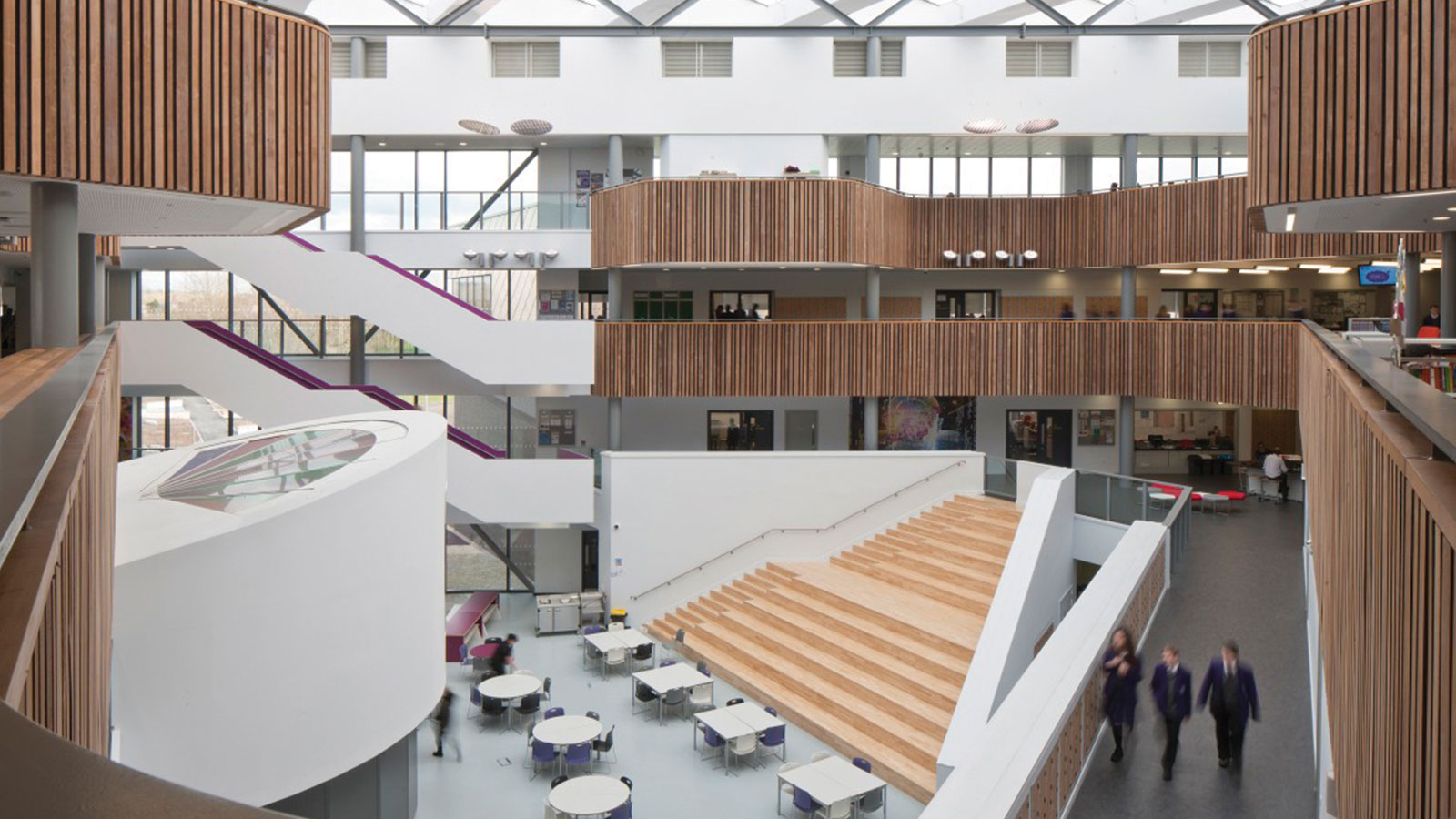
Additional space could be provided by ‘bolt-on’ modular temporary classrooms but, given the amount required, is this really a feasible solution for all schools across the country? More radical options should be explored such as utilising and repurposing currently underused spaces within local communities. For example, could the infant section of a primary school move and relocate to a community centre, public library, village hall, leisure centre or place of worship? This too will have challenges and will need careful thought in resolving WC provision, safeguarding issues and external play space.
Movement of pupils will need to be controlled, both internally and externally. The general format of primary schools is classrooms either side of central corridors in a single or two storey format. Ground floor classrooms could easily be provided with direct access to external spaces allowing safe entry and egress for pupils without the mixing of classes. Corridors will need to be one-way and the second direction of travel could be provided externally, potentially with the addition of external canopies.
Drop off and pick up will look different, with times staggered for different year groups and limited access for parents onto the school site. As such security and safeguarding lines may need to redesigned and careful consideration given to the management of younger pupils onto site.
Secondary schools will also have their challenges as, whilst the space per pupil is greater, the traditional structure of pupils moving from lesson to lesson does creates additional problems. Therefore limiting pupil movement will be a key driver, where pupils could be taught by a limited number of teachers and single subjects may be taught for a full day in a single space. Spaces may also become less specialised providing flexibility for a number of subjects to be taught in a single space.
The lack of space to flex into and the additional resource demands for teachers would suggest that in the near future schools will not be used at full occupancy. Inevitably, learning will be a blended approach between online home schooling and attending school in blocks of time. Timetables will be reinvented to allow staggering school start and finish times, extending hours of learning, and every class will need a different structure to stagger breaks and lunchtimes. Technology will be utilised to allow a teacher to deliver a lesson to a number of classrooms at one time.
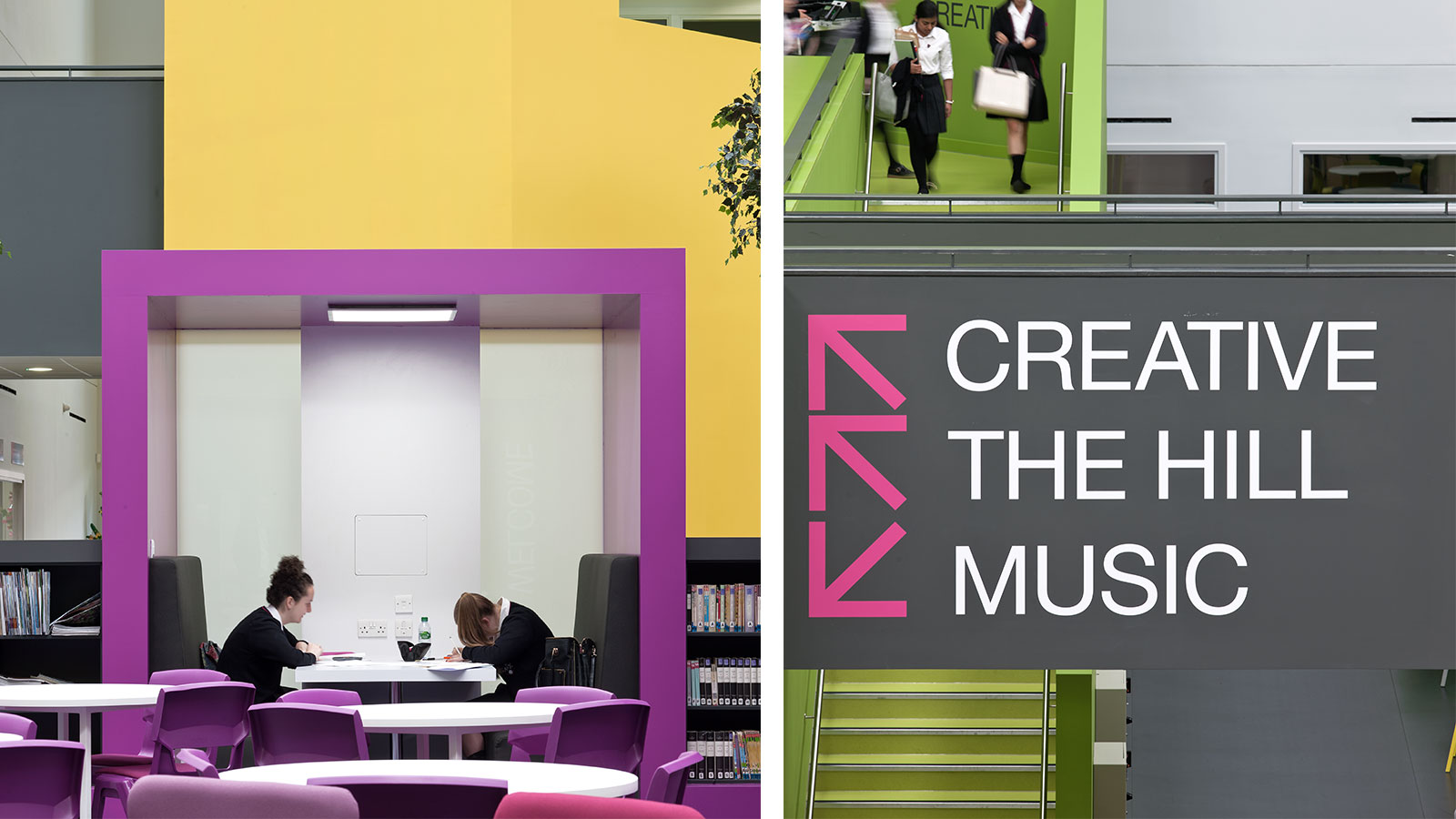
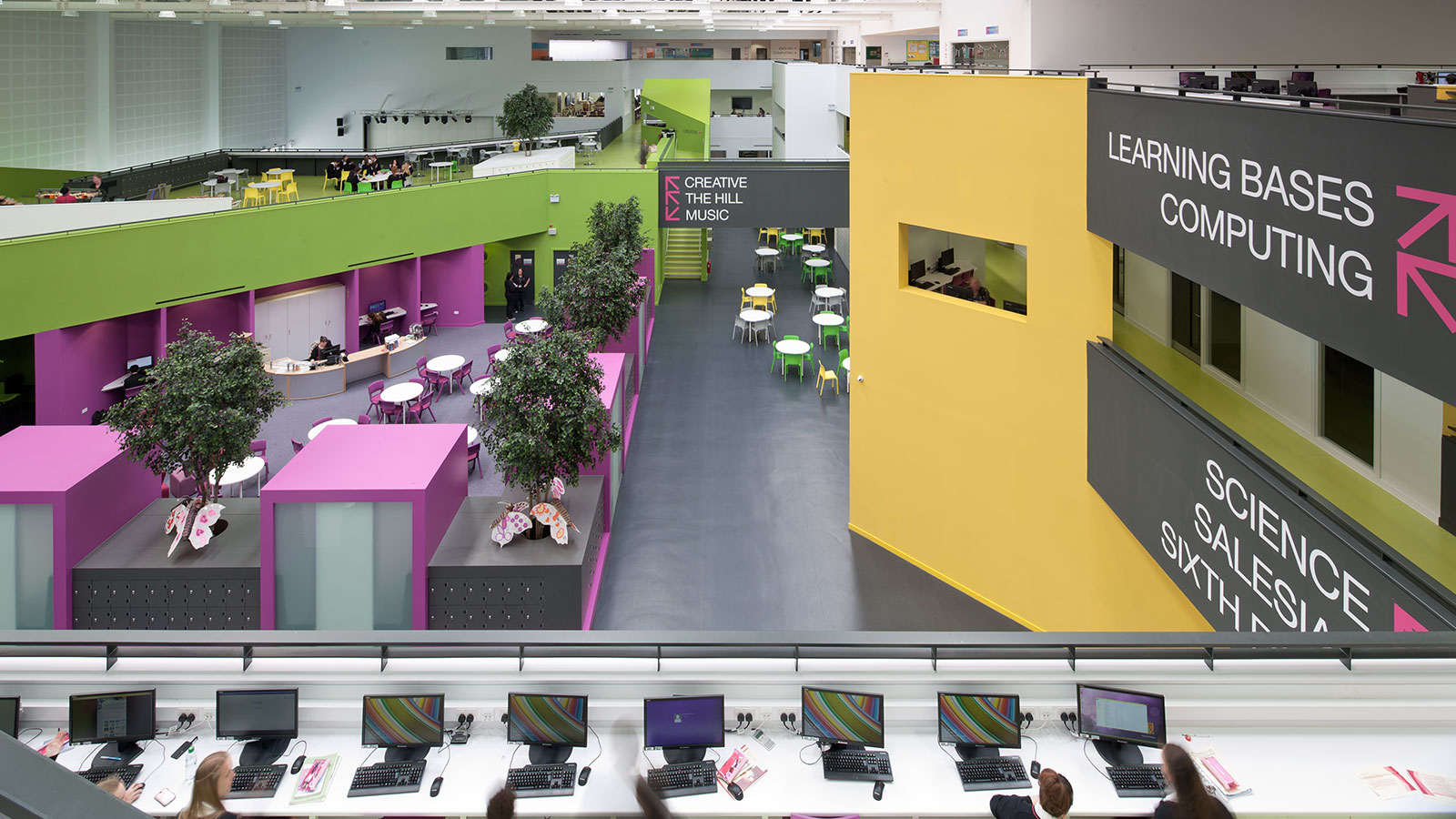
Space aside, pedagogies within classrooms will also need to respond and I imagine we will see a shift away from practical and group active learning to more traditional didactic pedagogies with the teacher presenting to pupils from the front of the classroom. This may be more appropriate for older classes but will be more difficult for reception and pre-school classes where ‘learning through doing’ is fundamental to their educational development. Perhaps these could be the classes that use the large spaces, such as halls, for their teaching spaces.
More learning may move to the outdoors where fresh air and space provide safer learning environments and pupils can learn through the natural environment. Entering the summer term has advantages but I am sure the good old British weather will limit this as a long term solution.
The long term impact on school design is difficult to predict depending on the length of the current coronavirus crisis. If we get back to business as usual within six months then the long term impacts on school design will be limited but should the crisis stay with us for much longer then we may start to see a response in school briefs and designs. Current template school designs are driven around efficiencies, space optimisation and value for money resulting in compact schools, with little breathing space. The impacts of COVID-19 may challenge these design drivers and, in turn, improve interstitial spaces within school design and also the integration of school facilities with the natural environment. Schools may also be designed with greater every-day flexibility, allowing classrooms to combine to accommodate different space standards as required.
However, taking the positives out of the current situation, online teaching and the use of technology have been used to deliver new innovative pedagogies and this should be embraced. I’m not suggesting pupils stay at home and learn, as we all know that children need social interaction, but we can design technology rich schools where learners develop new skills and enquiry based learning techniques to allow us to prepare children for future employment in a new digital world.